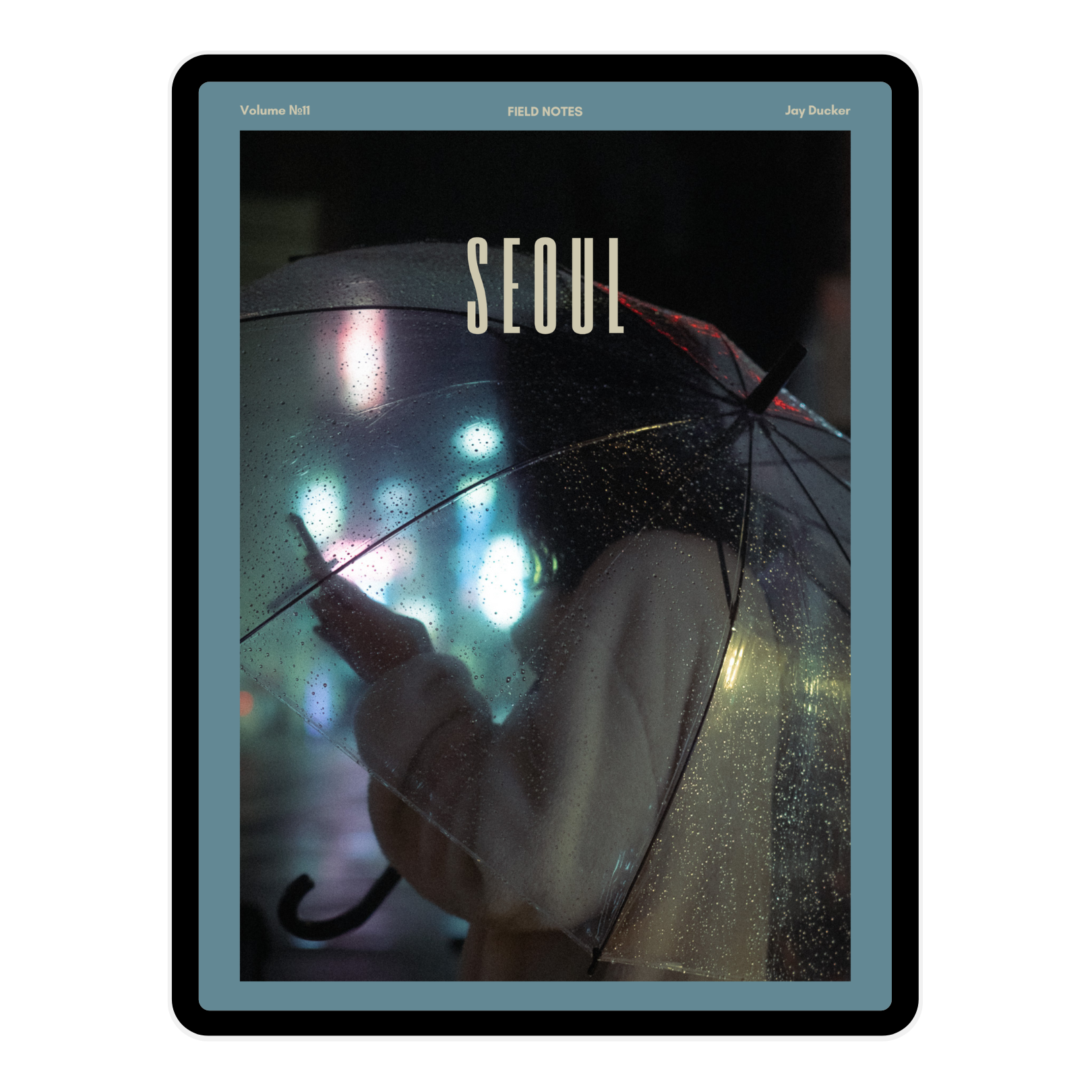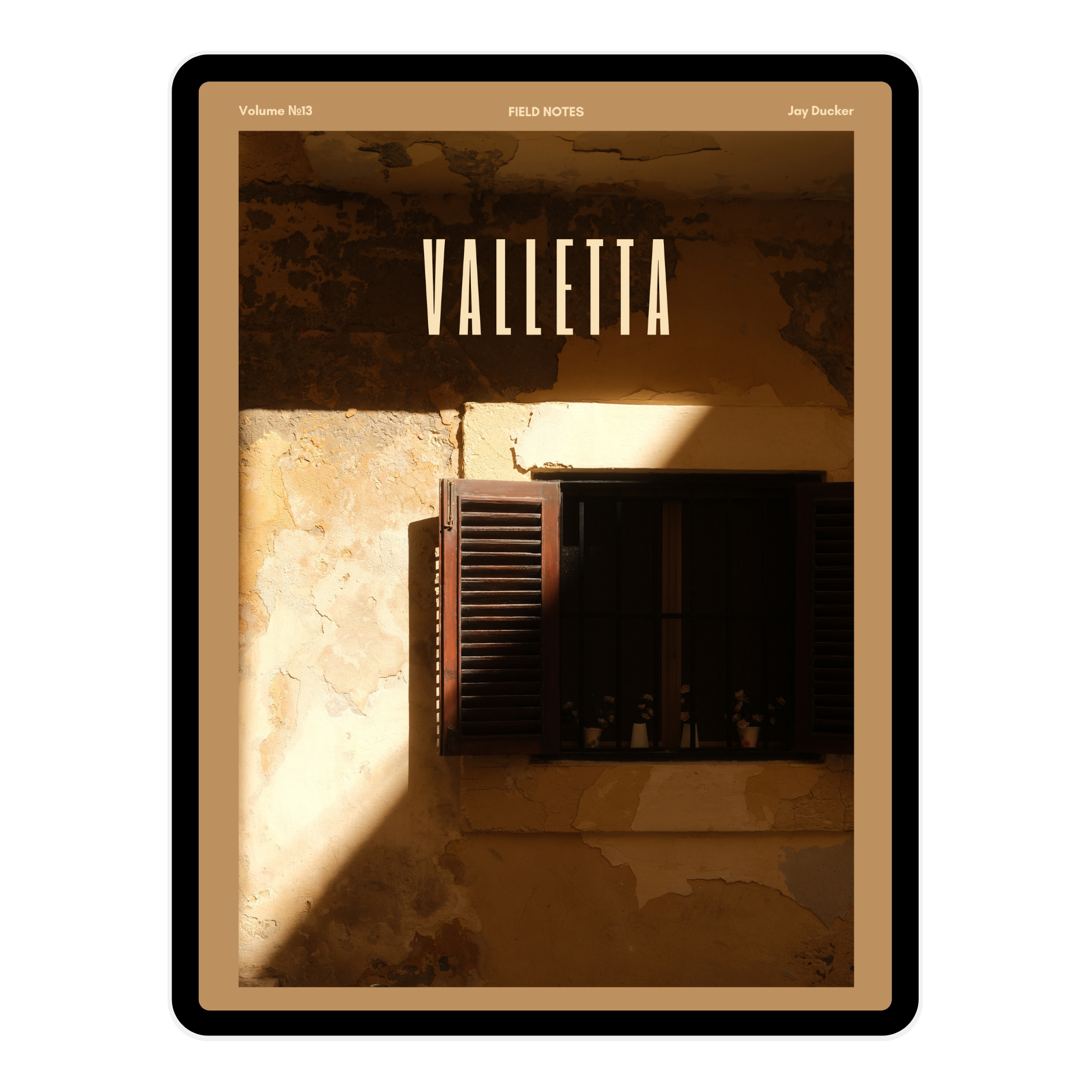5 Things You Should Know Before Buying Your First Camera
Buying your first camera can feel overwhelming — there are so many choices, specs, and opinions out there. But before you hit that “Buy Now” button, there are a few key things you really should know. These five tips will help you make a smarter purchase that actually suits your needs (and saves you some headaches down the line).
1. Your Purpose Matters
Before you even start looking at camera models, ask yourself: What do I want this camera for?
Your purpose will completely shape your buying decision. For example, if you're into travel and street photography, compact cameras like the Ricoh GR III or GR IIIx are incredible options. They're pocket-sized but pack serious image quality, making them perfect for travel and discreet shooting on the street.
On the other hand, if you're drawn to landscape photography and plan to be out in the elements — wind, rain, dust, the whole lot — you’ll want something weather-sealed. The Fujifilm X-H2S, which I’ve been using for over two years now, is a fantastic choice for that.
Your purpose helps narrow the field. Whether it’s portraits, wildlife, video, or street, figuring out what you're actually going to use the camera for makes the buying process so much easier.
2. Lenses Are Just as Important as the Camera
Cameras are only half the story — lenses matter just as much, if not more.
Take the Ricoh GR IIIx again. It has a fixed lens, meaning you can’t change it. That’s part of what makes it so compact and great for everyday carry, but it also limits flexibility.
Cameras like the X-H2S, however, let you change lenses. That means you can invest in better glass over time, try different focal lengths, and ultimately shape the look of your photos more creatively.
So here's a tip: if you’re working with a tighter budget, maybe go for an older camera body (like a used Fujifilm X-T2 or X-T3) and invest in a really nice lens. You’ll get better image quality and still have gear that serves you well.
3. Megapixels Aren’t Everything
It’s easy to get swept up in big numbers. A 100-megapixel Hasselblad sounds amazing, right? But unless you’re printing billboards or cropping heavily into every image, you don’t need that kind of resolution — especially as a beginner.
My Sony A7 IV shoots at 33 megapixels, and my X-H2S at 26 megapixels. Both are more than enough for professional work, even with cropping. What matters more is sensor quality, lens quality, and how well the camera handles light — not just pixel count.
4. Ease of Use Is Key
If this is your first camera, it needs to be easy to use. That means good ergonomics, a clear menu system, and not too many overwhelming features you’ll never touch.
Coming from Fujifilm, which has beautifully intuitive cameras like the X100VI and X-H2S, moving to the Sony A7 IV has been... a bit of a learning curve, to put it lightly. There’s just so much going on in the menus. Great for power users, but maybe not ideal for a beginner.
Sometimes, cheaper or simpler cameras are actually the best starting point because they let you focus on learning photography — not battling menus.
5. Don’t Forget Accessories in Your Budget
It’s easy to spend your entire budget on the camera and lens — but don’t forget the extras.
You’ll likely need:
A tripod
Extra batteries
A strap (trust me, you want a comfy one)
A microphone if you're doing video
Lens filters
An SD card (or two)
If you’re a hybrid shooter doing photo and video, the list gets even longer. So be realistic. Budget for accessories as part of your total spend — otherwise you’ll be missing key bits that make the whole thing work.
Bonus Tip: Buy Second-Hand and Save Big
This is something I always do — buy used or second-hand cameras.
The truth is, camera gear holds up incredibly well if it's been looked after. You can get fantastic deals on bodies and lenses that are just a generation or two old and still deliver stunning image quality. Sites like MPB, Wex, or even local sellers can offer well-tested gear at a fraction of the new price.
Just make sure you’re buying from a reputable place that offers returns or warranties, and check the shutter count or wear if possible.
It’s one of the smartest ways to stretch your budget — and it often means you can get a better camera or lens than you thought you could afford.
Final Thoughts
Buying your first camera is exciting, but it’s also an investment. Think about how you’ll use it, don’t get distracted by big numbers, and remember that the lens (and your knowledge) matter just as much.
If you're just starting out and want support on your journey — whether that’s learning photography, building a business, or growing a creative community — check out The Photopreneur Club. It's a space built to help you grow not just as a photographer, but as a creative entrepreneur.
*This post contains affiliate links and I will be compensated if you make a purchase after clicking through my links.
As an Amazon Associate I earn from qualifying purchases















